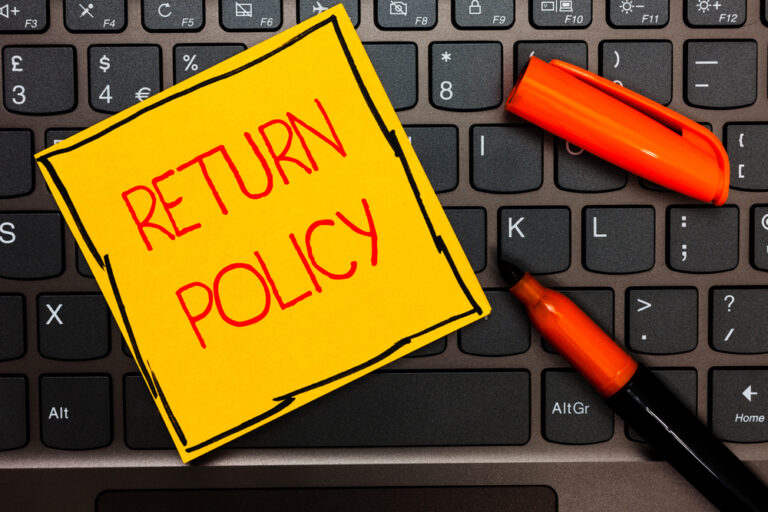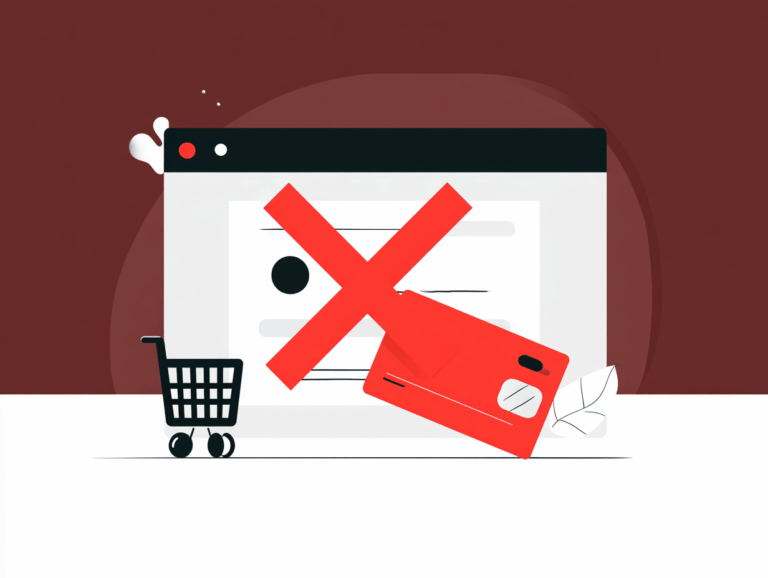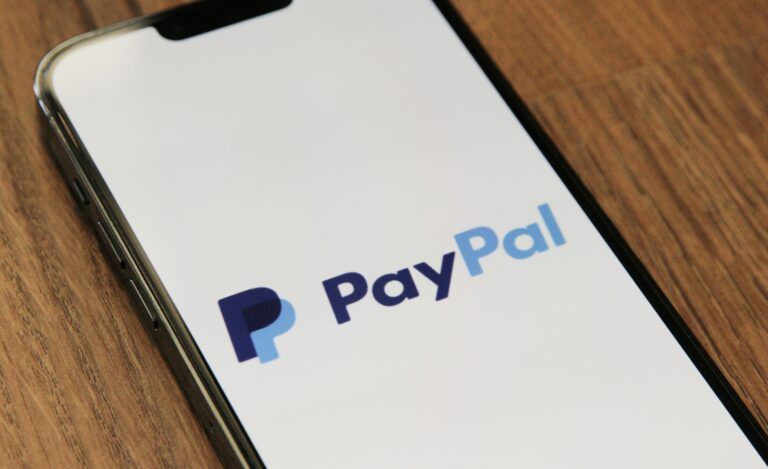You know the upsell and the cross-sell, but do you know the downsell? This sales method perfects the trifecta. It gives you the opportunity to not only retain customers but improve your product and bump your bottom line.
Here’s all you need to know about the downsell, how to use it, and what to look out for.
Secure your downsells with a powerful payment processor
What is Downselling?
Downselling is a sales strategy that offers a lower-priced version of your product to customers who are on the fence about buying. It can also apply to a scaled-down version of your product or service, like a downgrade.
By presenting a downsell offer, you’re giving the customer another chance to say “yes” to your business. It also gauges interest in your business. If a customer accepts the downsell, then price-point might be an issue. That’s an opportunity to create a value package for similar customers.
When to Break Out the Downsell
So, when should you deploy this secret weapon? Here are a couple of prime opportunities:
- When a customer is about to cancel their subscription
- When a potential buyer is hesitant to pull the trigger on a purchase
In these scenarios, a well-timed downsell can put you on the leaderboard.
The Goal: Keep the Customer, Keep the Profit
The goal of downselling is retaining the customer relationship and generating some revenue. Even if it’s not as much as you initially aimed for.
Think of it this way: would you rather have a customer pay a smaller amount or nothing at all? Exactly! By downselling, you’re saying, “I value your business, and I’m willing to work with you to find a solution that fits your needs and budget.”
That kind of flexibility and customer-centric approach can go a long way in building trust and loyalty. And who knows—that customer you downsold today could turn into a raving fan who upgrades to your premium offering down the road.
So, embrace the downsell. It’s not a consolation prize – it’s a smart strategy for maximizing conversions and keeping your customers happy.
Retain customers with DirectPayNet
How to Implement Downselling: Best Practices
Now that you’re on board with the concept of downselling, let’s dive into some best practices for making it work for your business. Implementing downselling effectively can be a game-changer for your conversion rates and customer retention.
Offer a Simpler or Lower-Priced Version
One key to successful downselling is having a product or service that you can offer at a lower price point. This could be a simplified version of your main offering or a pared-down package that still delivers value. By creating a more affordable alternative, you give hesitant customers a reason to say “yes” to your business.
Leverage Exit Intent Popups
This is how it usually happens: a potential customer is about to leave your website without making a purchase. Before they go, an exit intent popup appears, presenting them with an irresistible downsell offer. This well-timed message can be just the thing to change their mind and convert them into a paying customer.
The cancellation funnel can be a golden ticket to customer retention. Don’t pass up the opportunity.
Follow Up with Abandoned Cart Emails
Sometimes, despite your best efforts, a customer will add items to their cart but fail to complete the purchase. Don’t let that sale slip away! Send a friendly abandoned cart email that includes a downsell offer. This personalized touch shows that you value their business and want to find a way to make it work for them.
Provide Personalized Recommendations
When a customer is unsure about a purchase, suggest alternative products that might better suit their needs or budget. By offering personalized recommendations, you demonstrate that you understand their situation and are committed to finding the right solution. This level of attention can go a long way in building trust and loyalty.
Create Bundled Offers
Another effective downselling technique is to create bundled offers at a lower price point. By packaging complementary products or services together, you provide more value to the customer while generating revenue for your business.
Allow Subscription Plan Downgrades
If you offer subscription-based services, consider allowing customers to downgrade to a cheaper plan instead of canceling altogether. By providing this flexibility, you show that you’re willing to work with them. Plus, by retaining them as a customer, you have the opportunity to nurture the relationship and potentially upsell them in the future.
Risks of Downselling
While downselling can be a powerful tool in your sales arsenal, it’s important to be aware of the potential risks involved. Like any strategy, downselling requires a thoughtful approach and careful implementation to avoid unintended consequences. Let’s take a closer look at some of the risks associated with downselling.
Merchant Account Impact
One potential risk of downselling is the impact it can have on your merchant account. If you rely too heavily on downselling or do it excessively, it could raise red flags with your payment processor.
They may view a high volume of downsells as a sign of questionable business practices. This could lead to account scrutiny or even termination. To mitigate this risk, use downselling selectively and make sure it aligns with your overall business model.
Setting Expectations for Lower Prices
Another risk to consider is the potential for downselling to set a precedent for lower prices in the minds of your customers. If you consistently offer downsells, some customers may come to expect or even demand lower prices every time they interact with your business.
This can make it challenging to maintain your desired pricing strategy and profit margins in the long run. To avoid this pitfall, use downselling strategically and make sure it doesn’t become the norm for every customer interaction.
Brand Perception Concerns
In some cases, downselling could potentially damage your brand’s perception. If customers feel like they’re constantly being offered lower-priced alternatives, they may start to question the value and quality of your main offerings.
You need to strike a balance between providing affordable options and maintaining the integrity of your brand. Make sure your downsell offers still align with your overall brand identity and value proposition.
Not a Long-Term Growth Strategy
Finally, it’s important to recognize that downselling is not a sustainable long-term strategy for business growth. While it can be effective in retaining customers and generating some revenue in the short term, it shouldn’t be relied upon as the primary driver of your sales.
Downselling should be used selectively as part of a larger, holistic sales strategy that focuses on delivering value, building relationships, and encouraging customer loyalty.
Open a dedicated merchant account today
Downselling vs. Cross-Selling vs. Upselling
While downselling is a powerful technique, it’s often used in conjunction with two other common strategies: cross-selling and upselling. Let’s take a closer look at each of these approaches and how they differ.
Cross-Selling: Complementary Products for the Win
Cross-selling involves encouraging customers to purchase related or complementary products in addition to their primary purchase.
For example, if a customer buys a new smartphone, you might suggest a protective case or a pair of wireless earbuds.
By offering relevant add-ons, you increase the overall value of the sale and provide a more complete solution for the customer.
Cross-selling is all about anticipating the customer’s needs and offering products that enhance their primary purchase. When done effectively, it can lead to higher average order values and improved customer satisfaction.
Upselling: Upgrading to Premium
Upselling, on the other hand, is the art of persuading customers to purchase a more expensive version of a product or an upgrade to their existing purchase.
For instance, if a customer is considering a basic subscription plan, you might highlight the benefits of upgrading to a premium tier with additional features and perks.
The goal of upselling is to encourage customers to invest in a higher-value offering that better meets their needs. By presenting the advantages of the upgraded product or service, you can boost revenue while delivering more value to the customer.
Downselling: Keeping Customers in the Game
In contrast to cross-selling and upselling, downselling involves offering a cheaper alternative to customers who are hesitant to make a purchase or are considering canceling their subscription. The primary objective of downselling is to retain the customer and secure a sale, even if it means accepting a lower price point.
Downselling is a strategic move that prioritizes customer retention over immediate revenue maximization. By providing a more affordable option, you give customers a reason to stick with your business rather than walking away entirely. This technique can be particularly effective in situations where a customer is price-sensitive or unsure about committing to a higher-priced offering.
While cross-selling and upselling focus on increasing the value of a sale, downselling aims to preserve the customer relationship and generate some revenue, even if it’s not the optimal amount. Each of these strategies has its place in a well-rounded sales approach, and the key is to use them judiciously based on the specific needs and preferences of your customers.
Protect your bottom line with DirectPayNet
How Downselling Fits Into Your Sales Funnel
Now that we’ve explored the ins and outs of downselling, let’s take a step back and look at the bigger picture: how it fits into your overall sales funnel. By strategically incorporating downsell offers at key points in the customer journey, you can optimize your conversion rates and guide more prospects towards a purchase.
The Role of Downselling in Conversion Rate Optimization
At its core, downselling is a powerful tool for conversion rate optimization (CRO). When a potential customer is hesitant to make a purchase or about to abandon their cart, a well-timed downsell offer can be the nudge they need to convert. By providing a more affordable alternative, you reduce friction and make it easier for the customer to say “yes” to your business.
This technique allows you to capture sales that might otherwise be lost, thereby improving your overall conversion rates. It’s a way to meet customers where they are and provide a solution that fits their needs and budget.
Placing Downsell Offers at Key Funnel Stages
Maximize the impact of downselling by presenting offers at strategic points in your sales funnel. Two key stages where downselling can be particularly effective are:
- Checkout: When a customer reaches the checkout page but seems hesitant to complete their purchase, a downsell offer can be the perfect solution. Perhaps they’re unsure about the price or the full scope of the product. By offering a more affordable or streamlined version right at the point of purchase, you can convert that hesitant buyer into a paying customer.
- Post-Purchase: Downselling doesn’t have to stop after the initial sale. In fact, the post-purchase stage is a prime opportunity to present downsell offers to customers who may be considering canceling their subscription or returning a product. By offering a lower-priced alternative or a modified package, you can retain those customers and prevent them from churning.
By integrating downsell offers seamlessly into these key stages of your sales funnel, you can create a more customer-centric experience that meets buyers where they are and guides them towards a purchase.
Using Downselling to Advance Customers Through the Funnel
Downselling isn’t just about securing a one-time sale; it’s also a way to move customers further along in your sales funnel. When a prospect accepts a downsell offer, they’re not only converting into a paying customer but also demonstrating an interest in your business and its offerings.
This presents an opportunity to nurture that relationship and guide the customer towards higher-value purchases in the future. By delivering a positive experience with the downsold product or service, you can build trust and loyalty, setting the stage for potential upsells or cross-sells down the line.
Downselling acts as a bridge, helping customers cross the chasm from consideration to conversion. By meeting their needs in the moment, you’re opening the door to a longer-term relationship and the potential for greater lifetime value.









